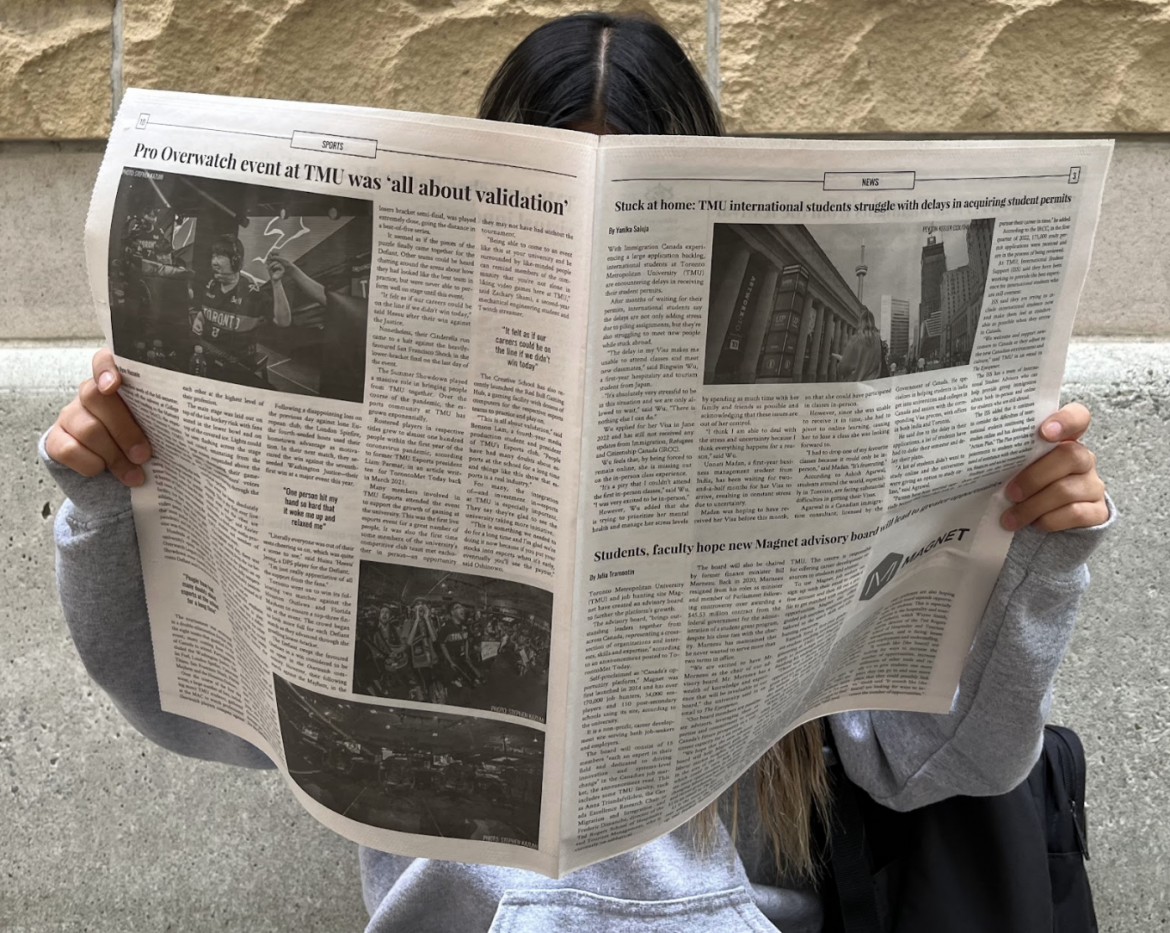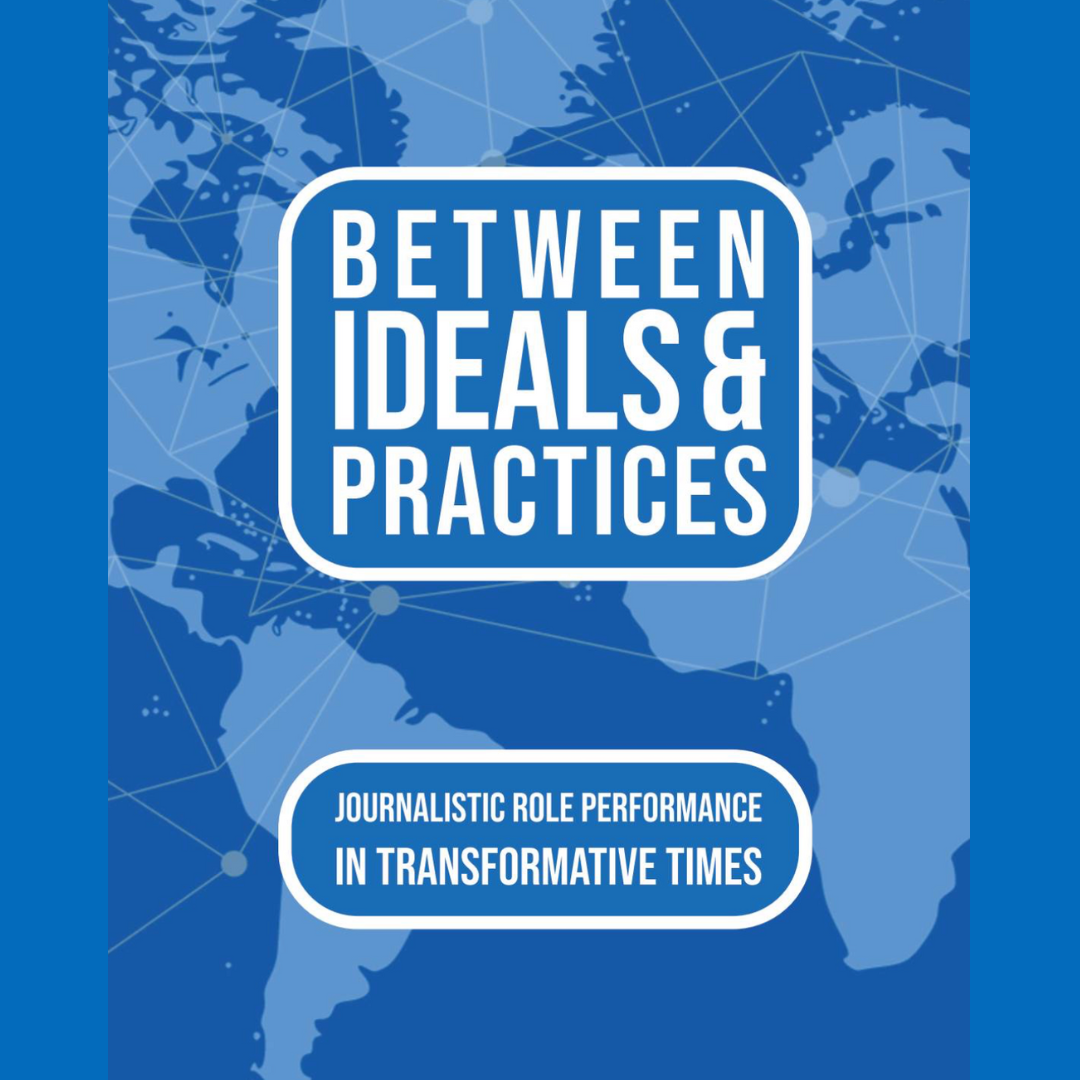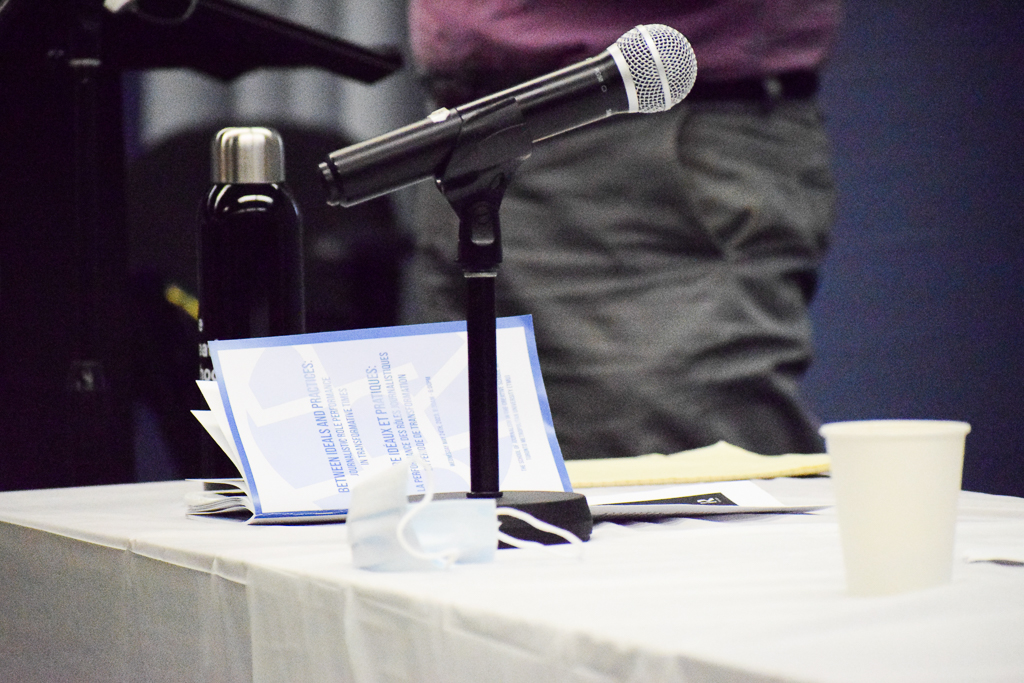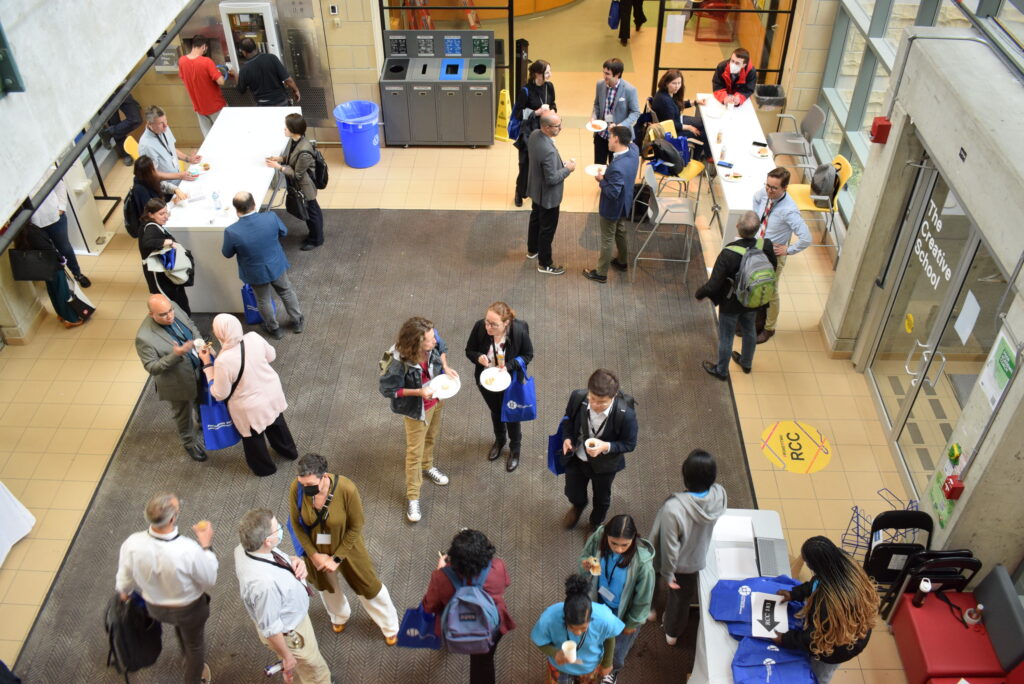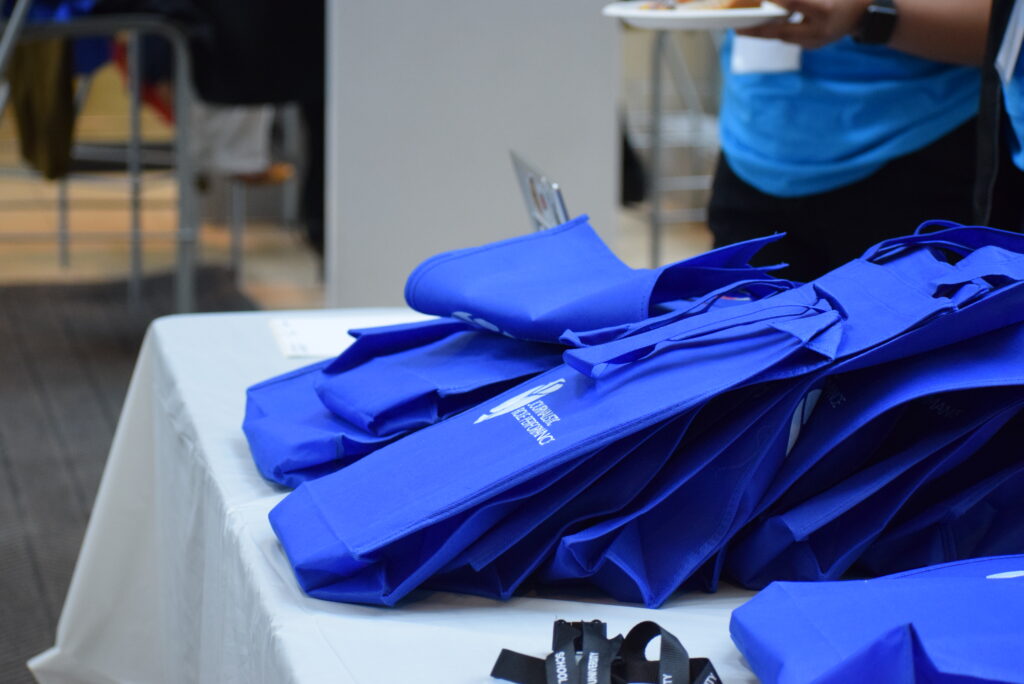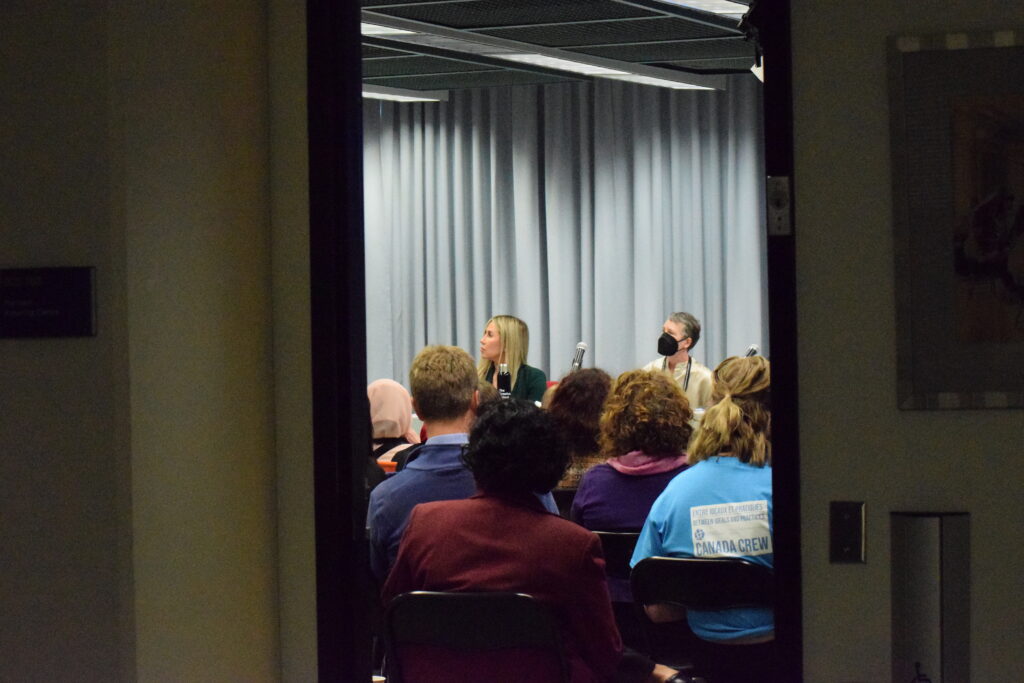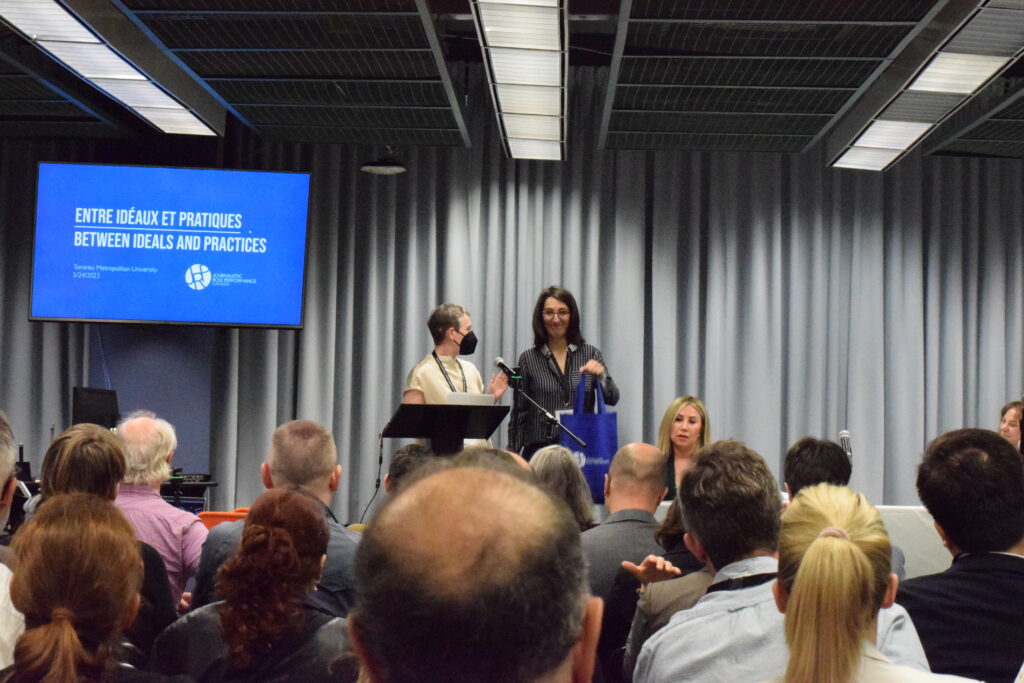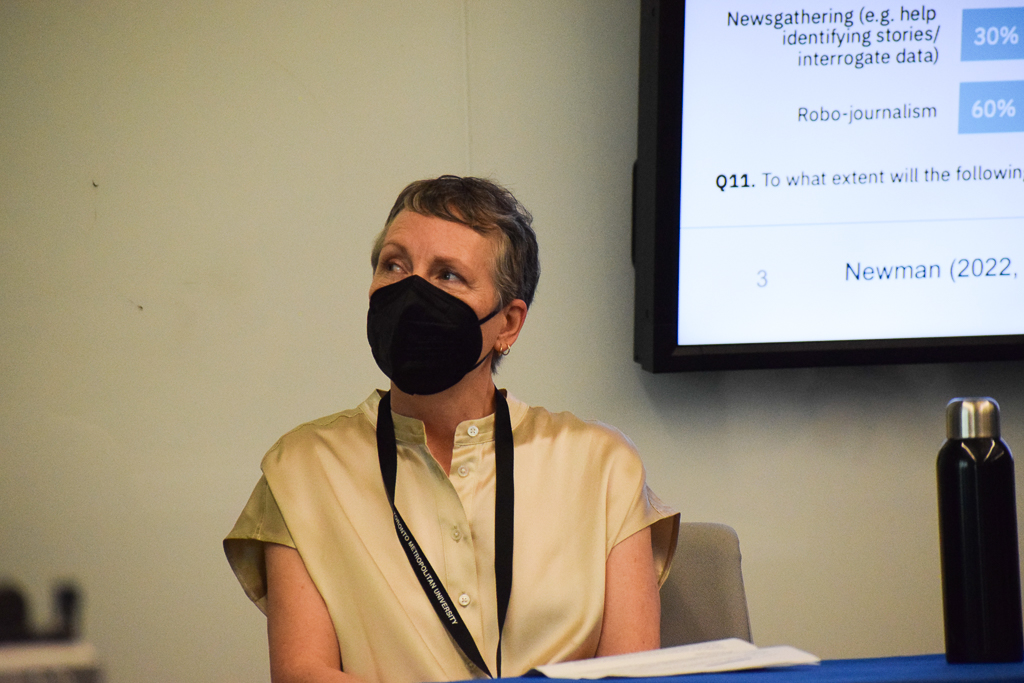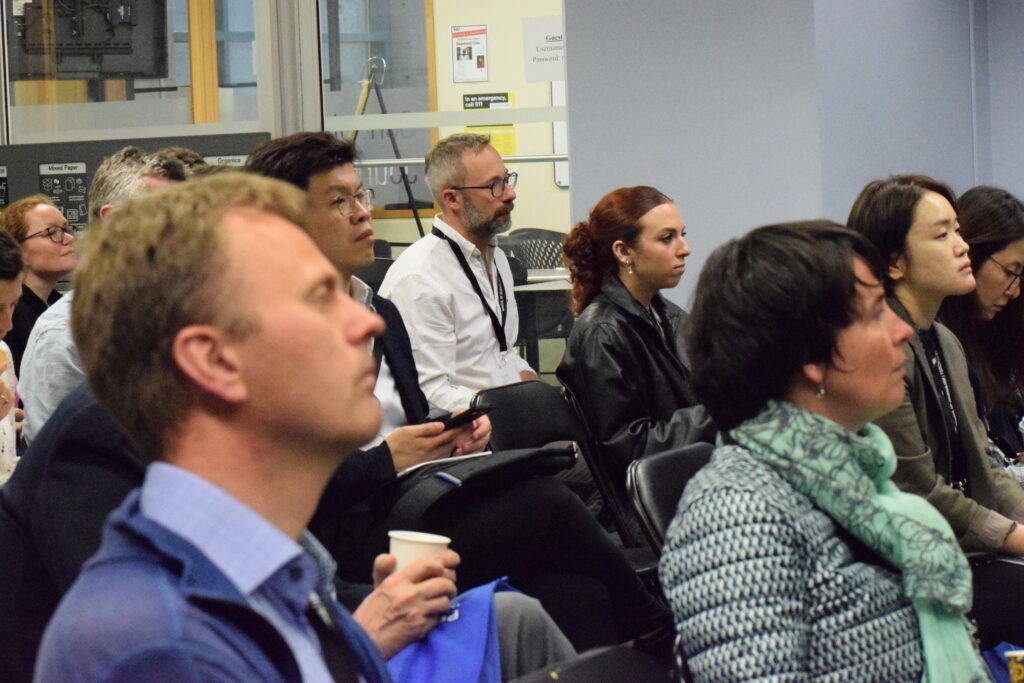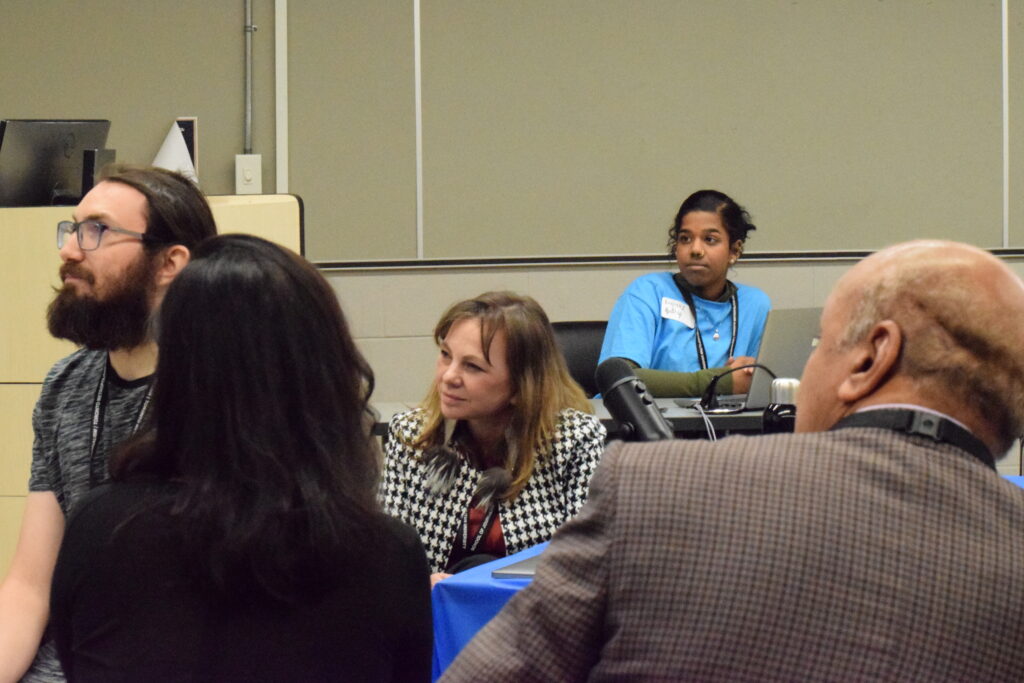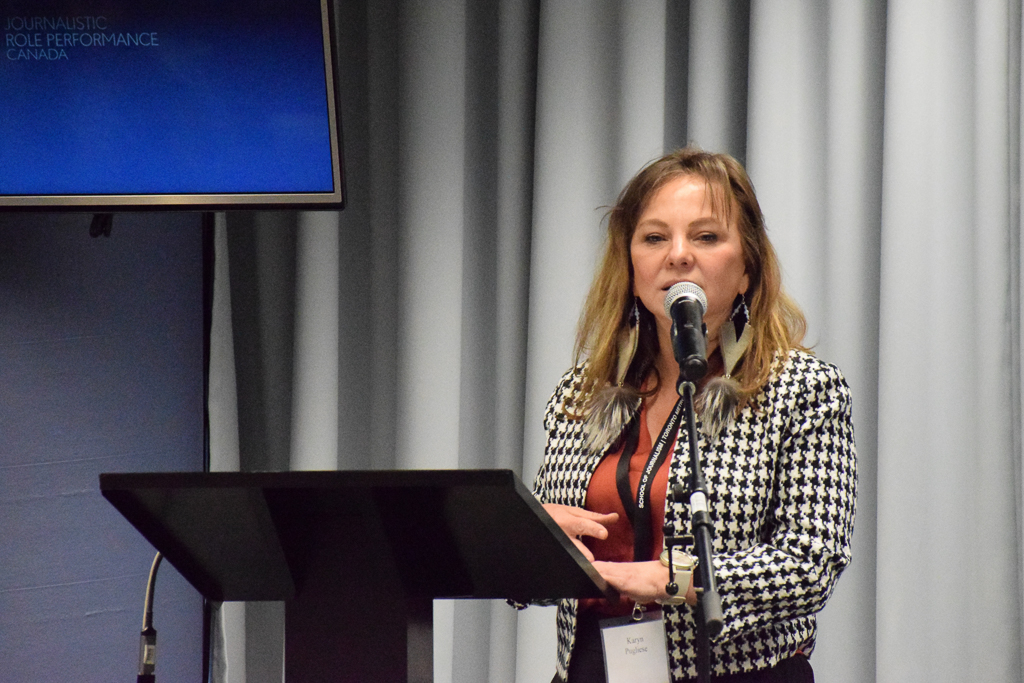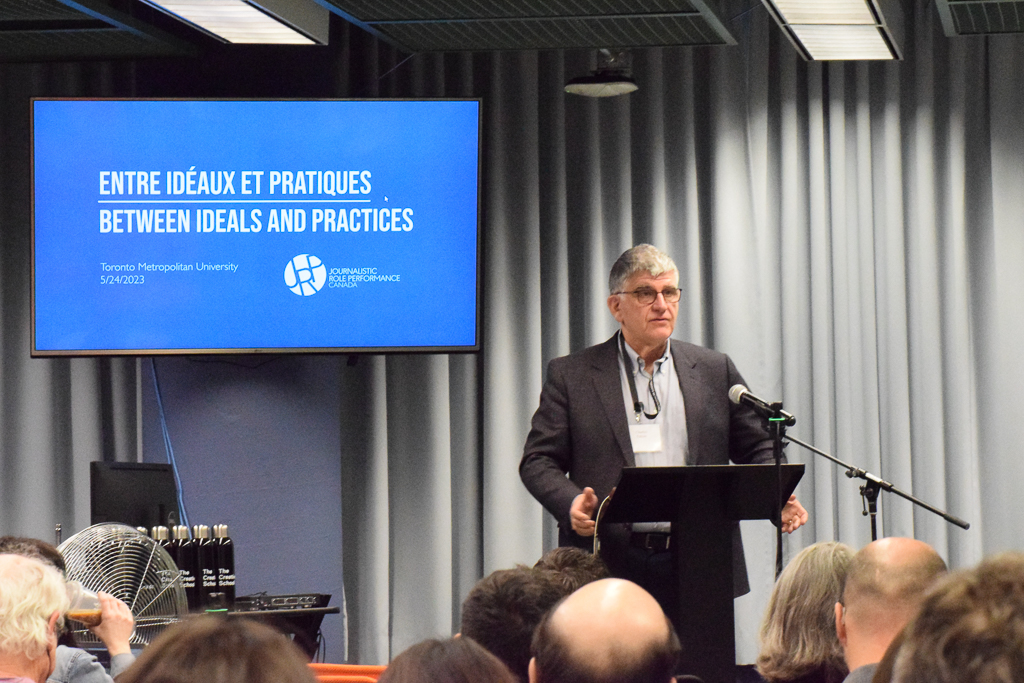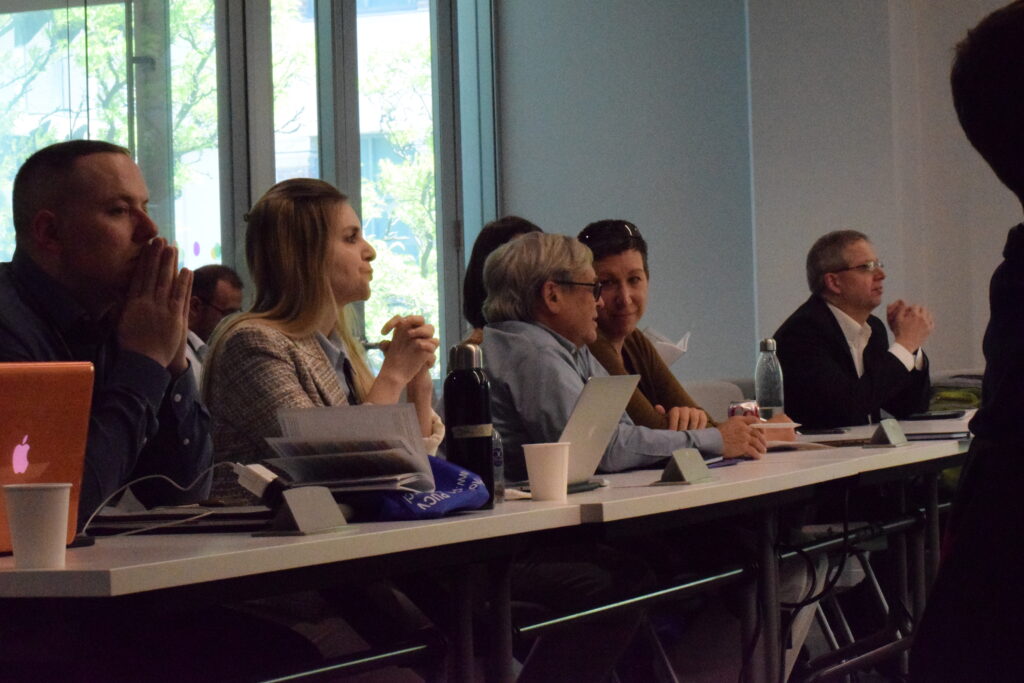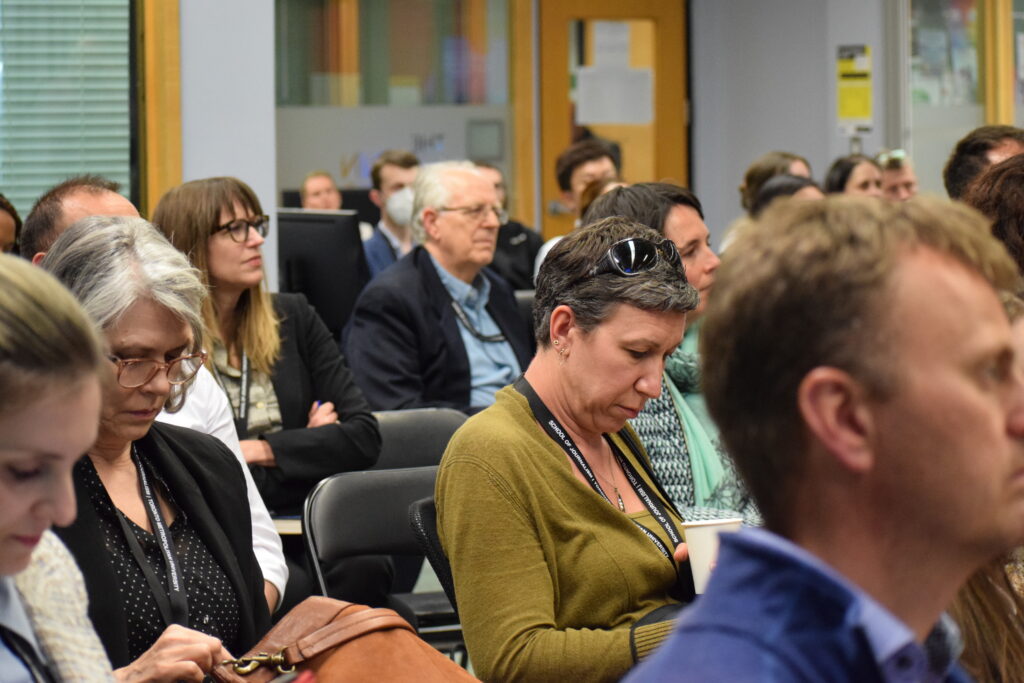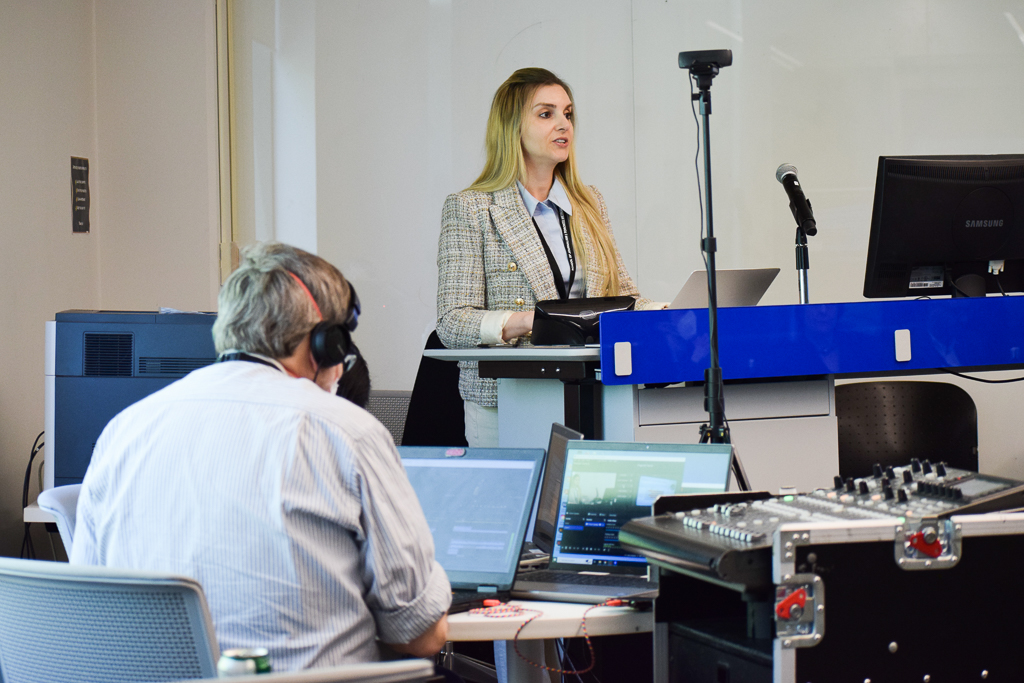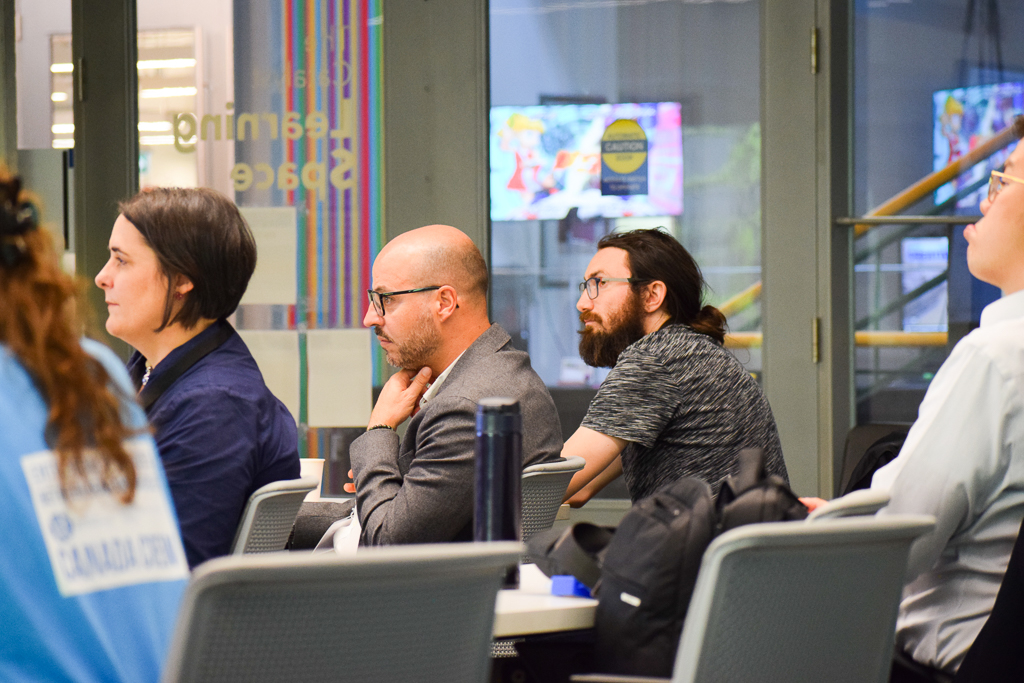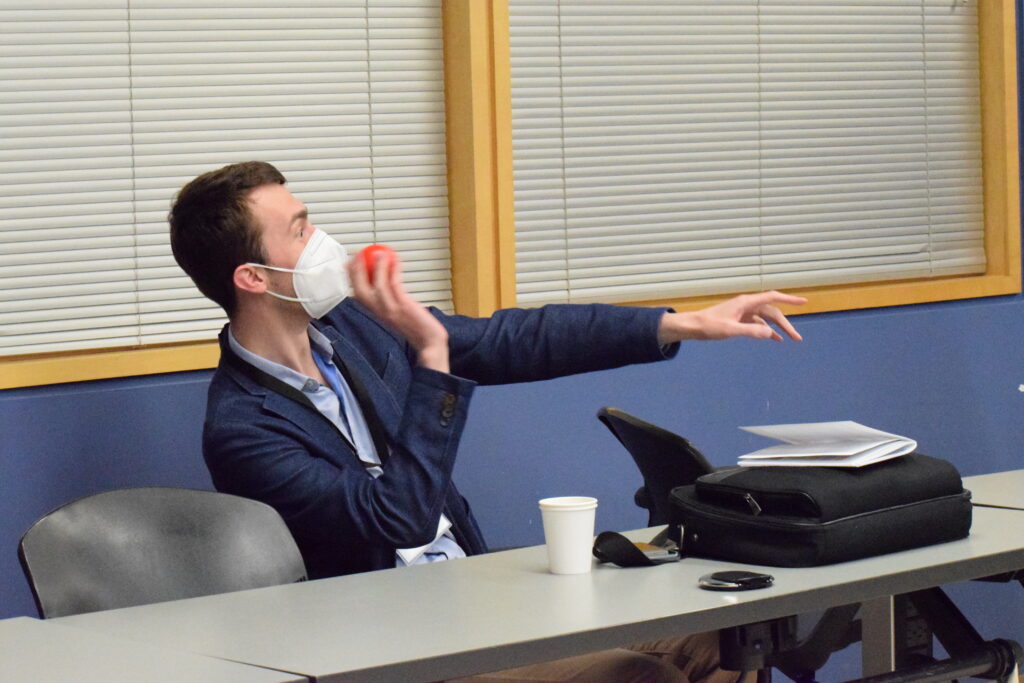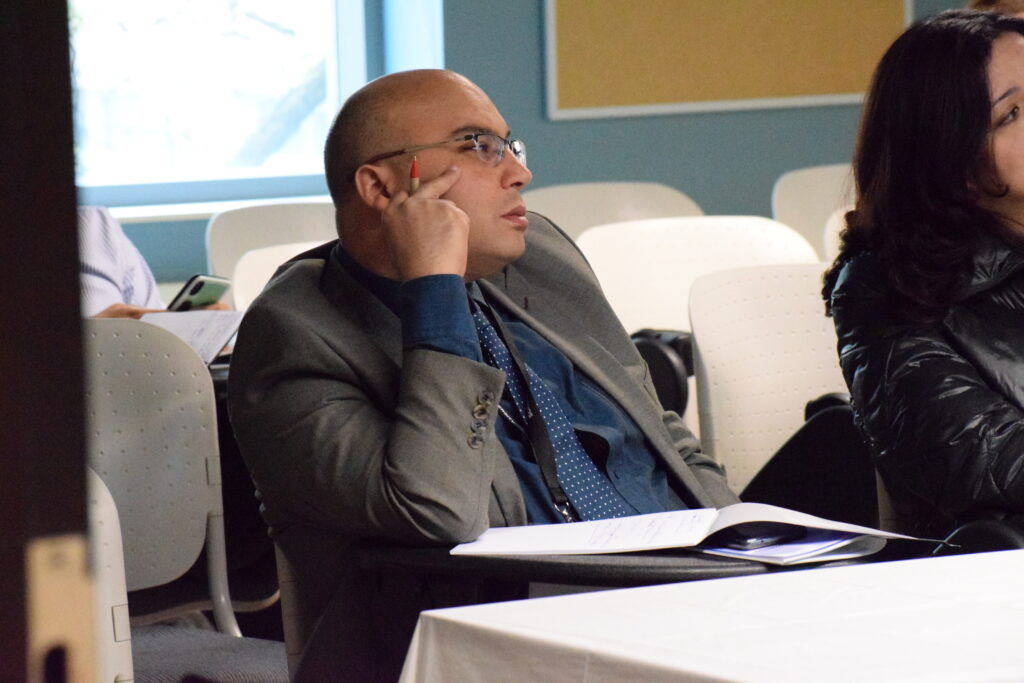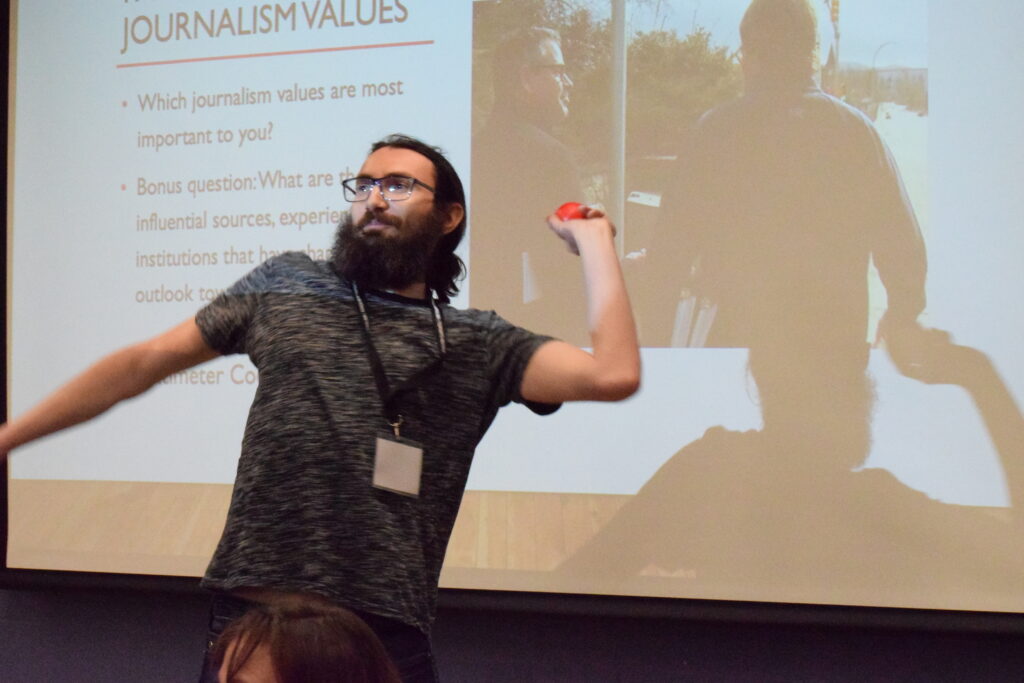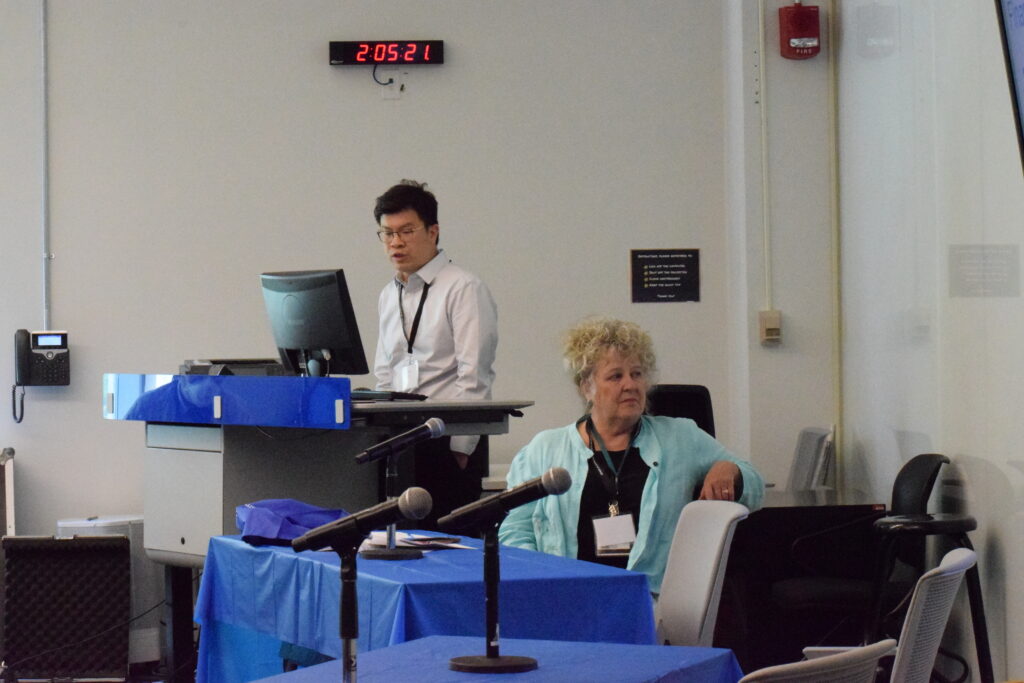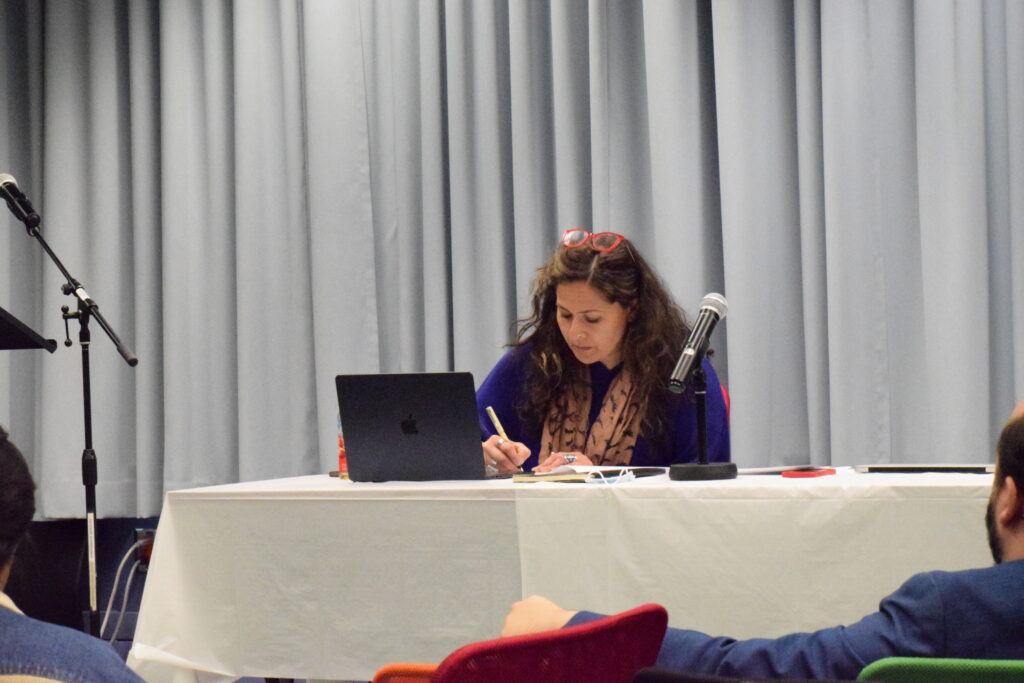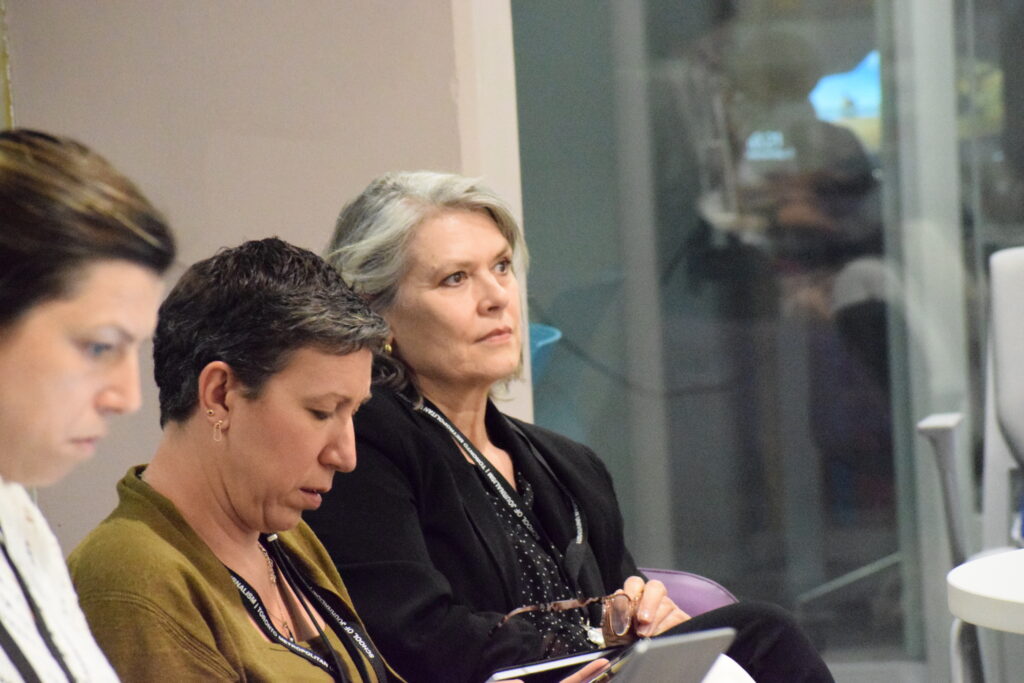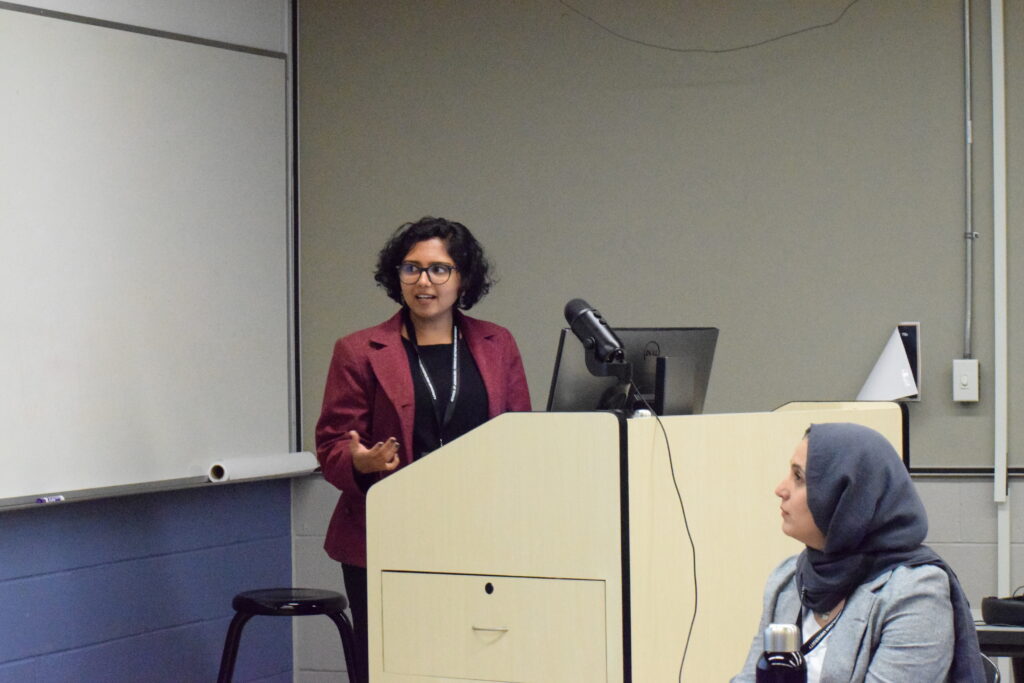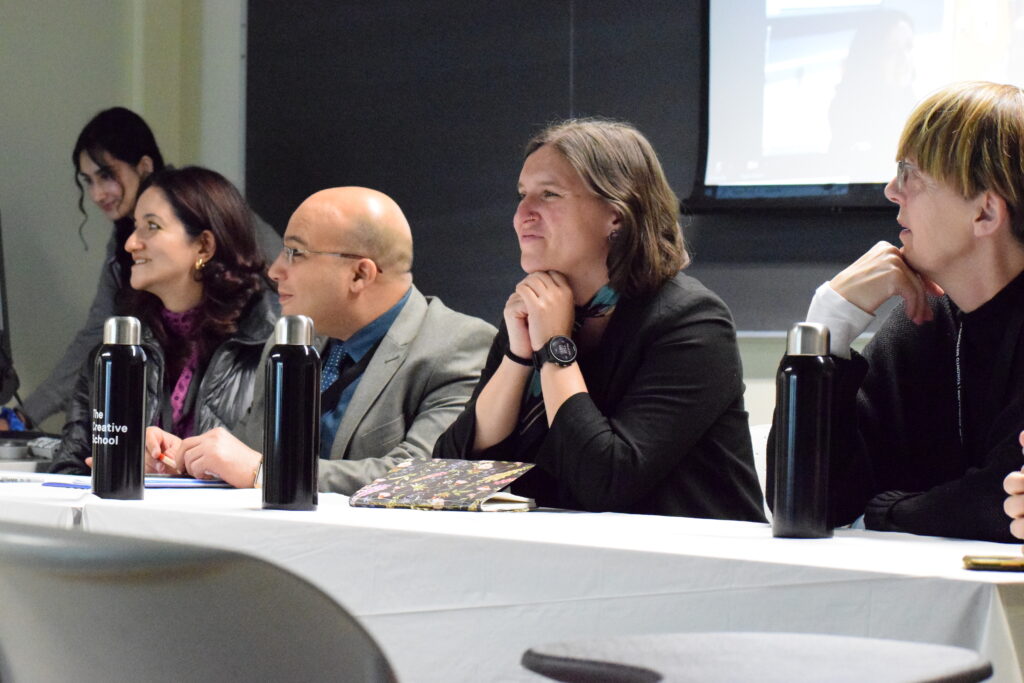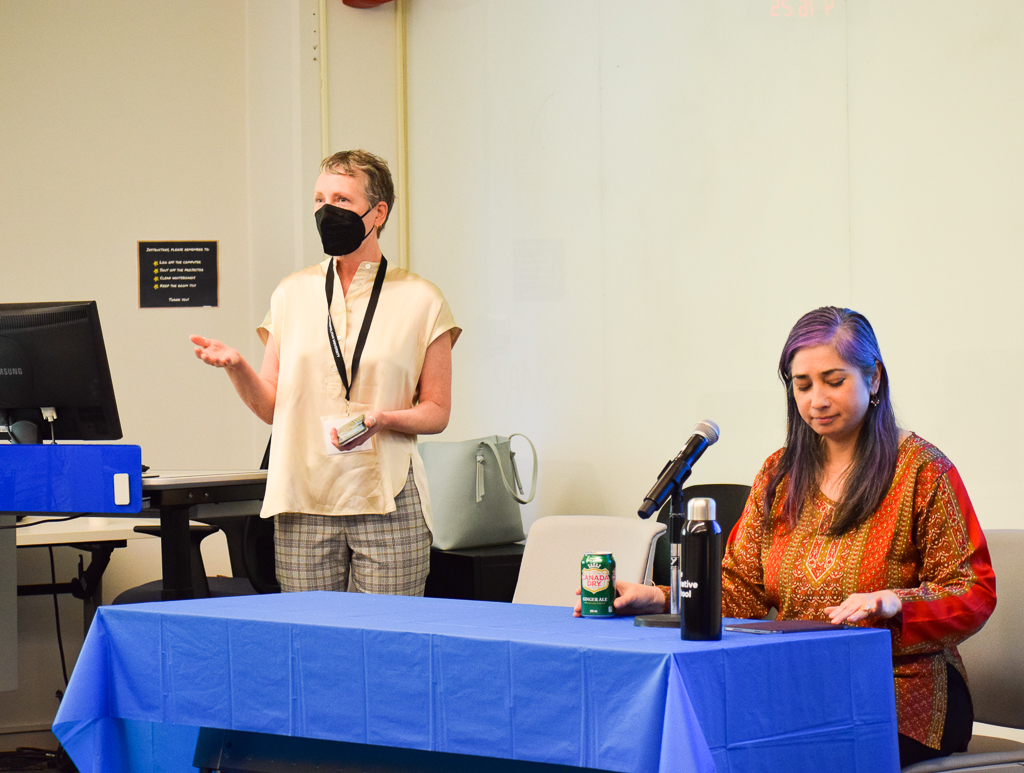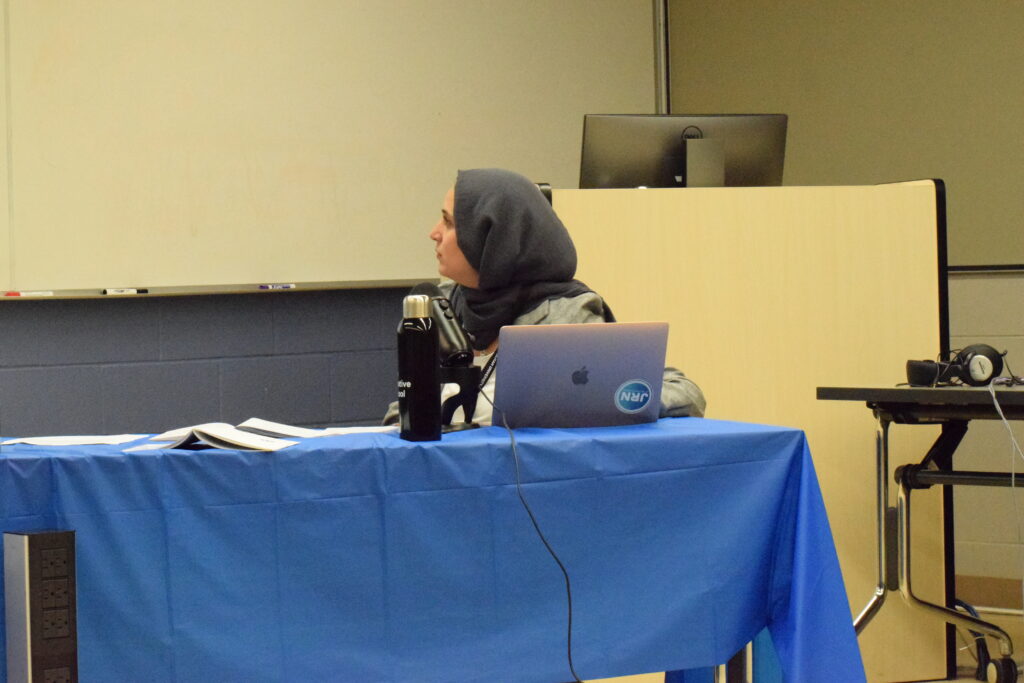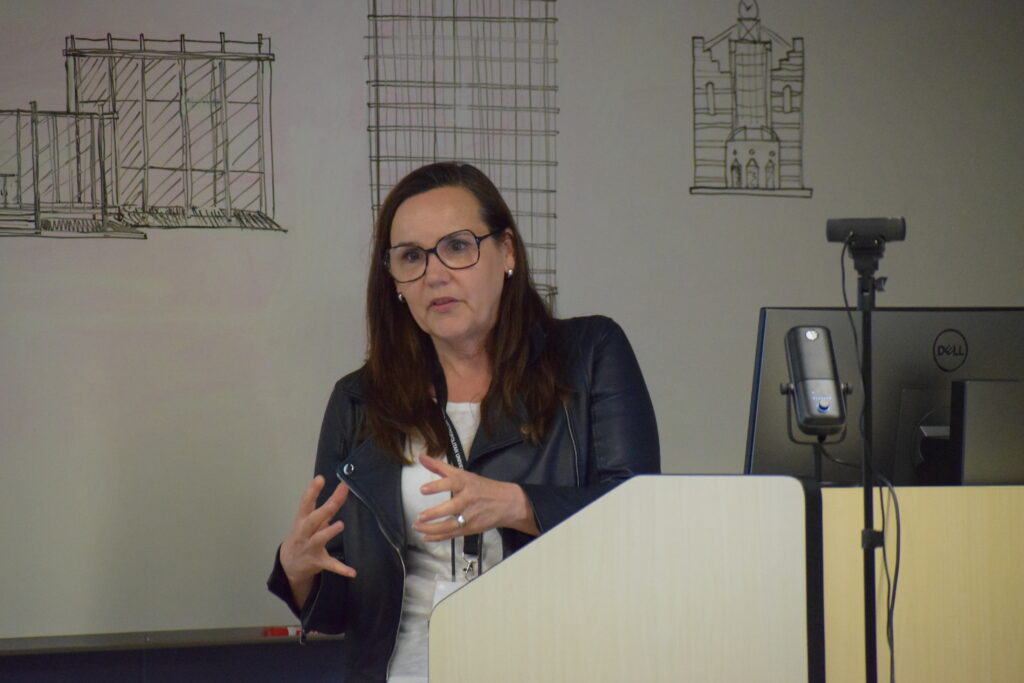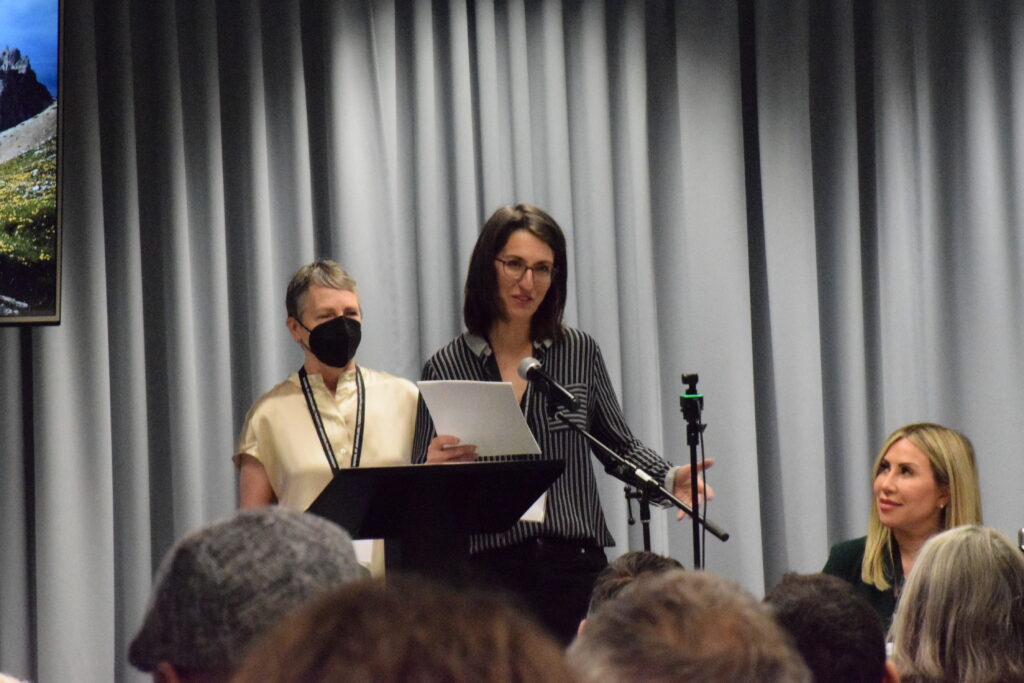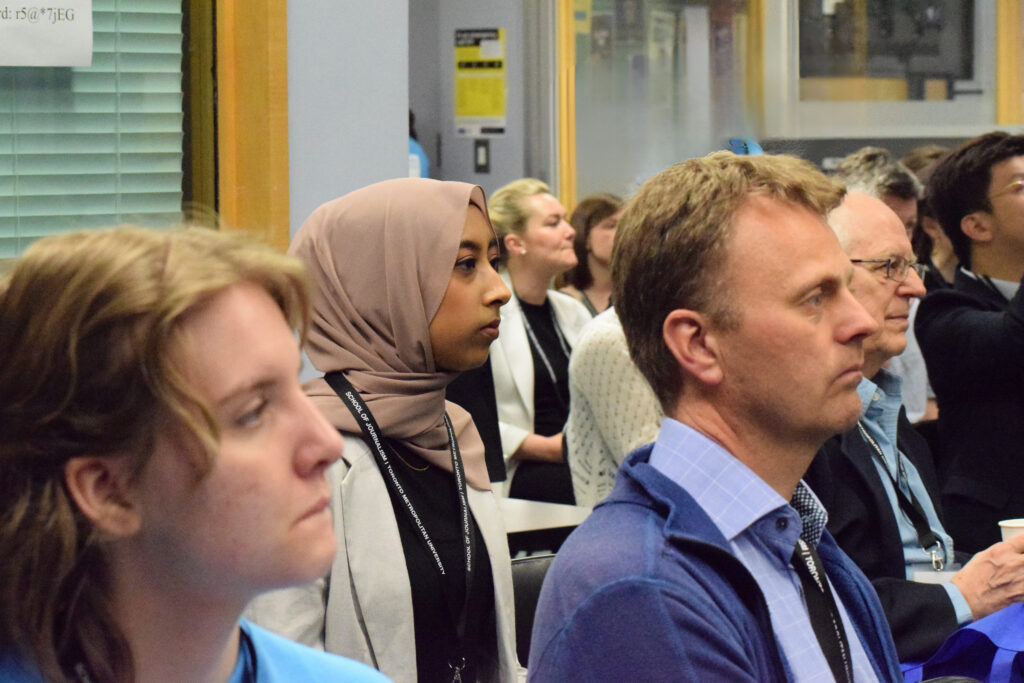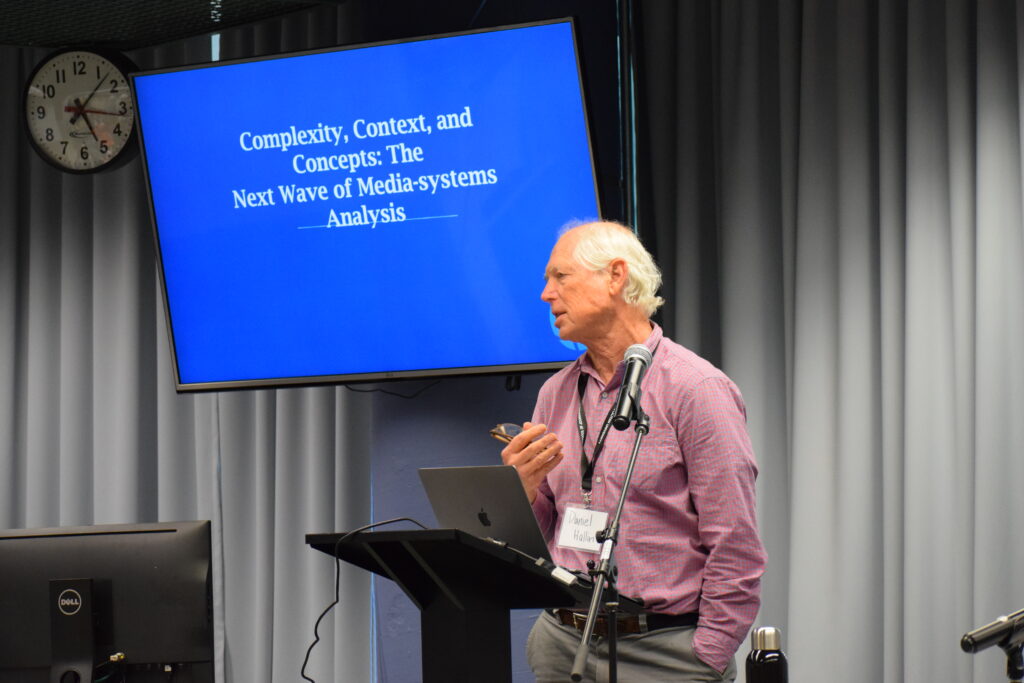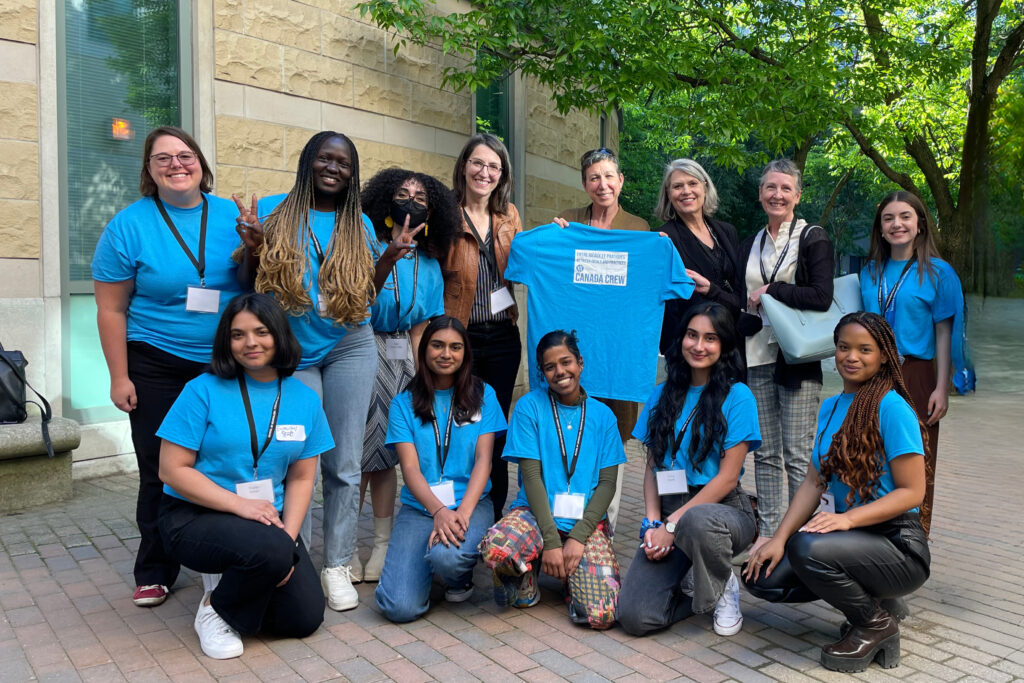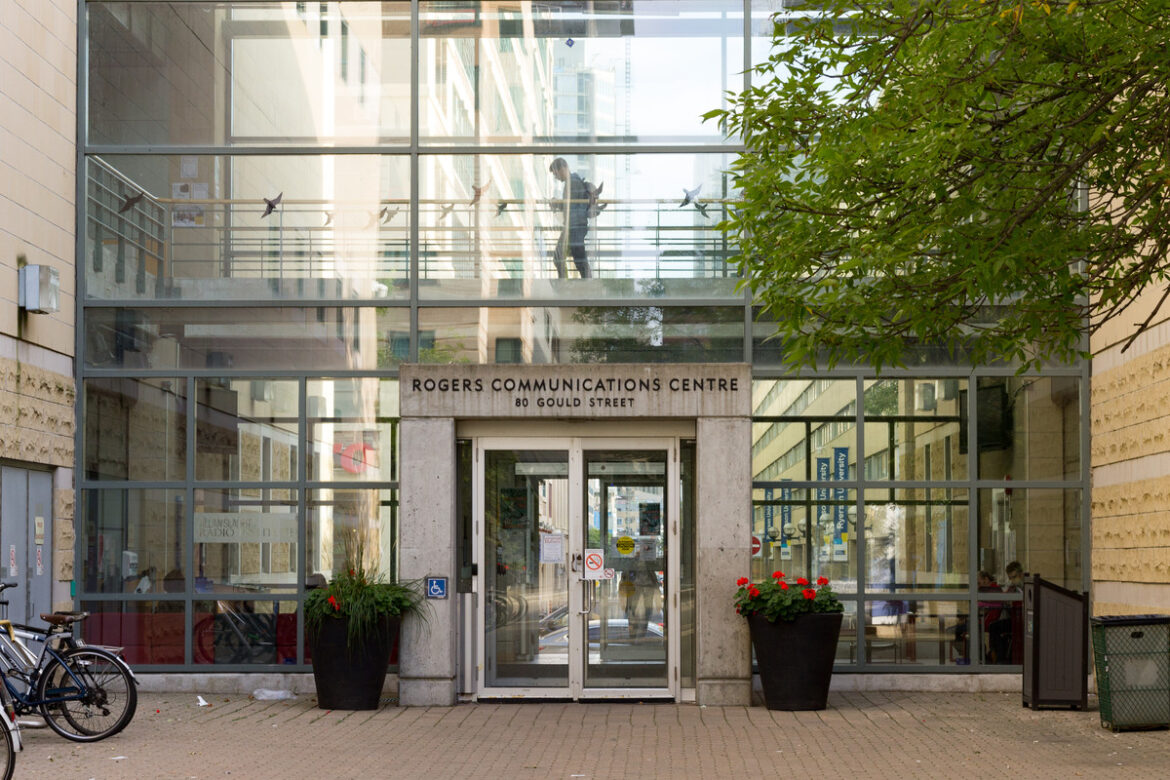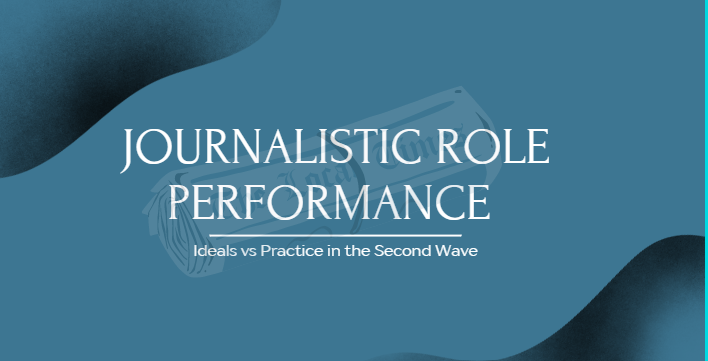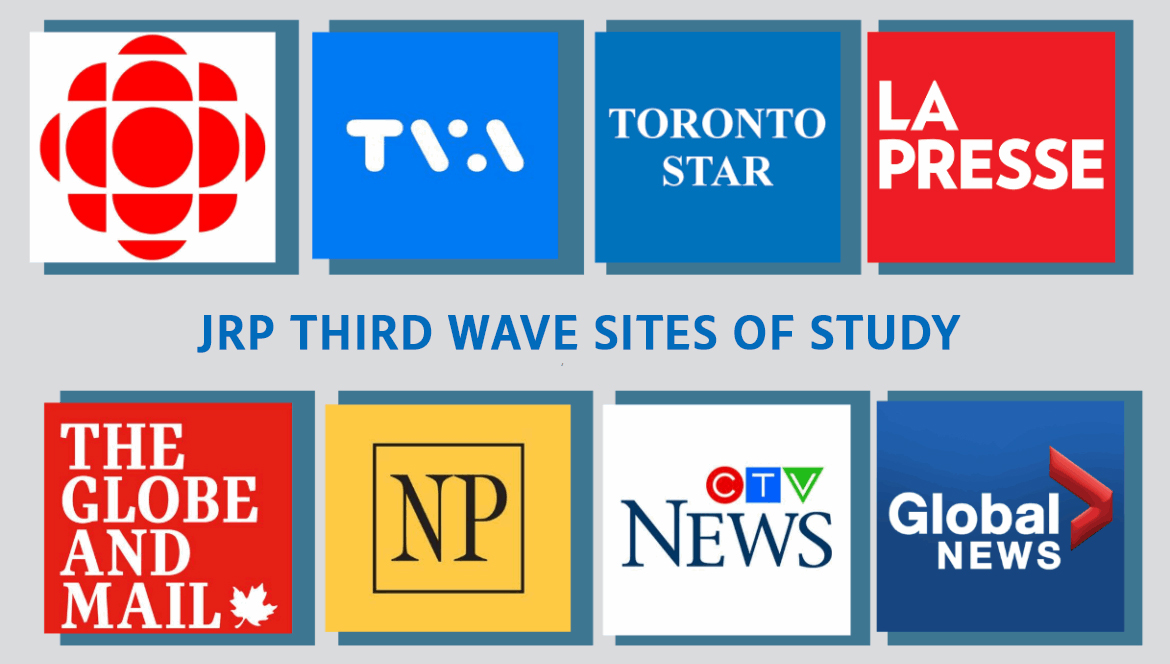
How journalistic roles are performed in Canada is a topic of hot debate, encompassing everything from coverage of Gaza to crime statistics.
Such debate is happening in a journalism landscape where cuts just keep coming, newsrooms – particularly local – keep closing, news is blocked on Meta for Canadian users, journalists are facing increased harassment and accusations of bias, controversy over allocation of government funding swirls, and audience trust is dismal, with the potential to get even worse without careful use of burgeoning AI.
This is all having a destabilizing effect on an already shifting industry, but it also provides for a dynamic backdrop for the third wave of the Journalistic Role Performance (JRP) Project, which in Canada is being funded in part with a grant from the Social Sciences and Humanities Research Council. The next phase of this international study brings together researchers from 59 countries in the Global North and South, sharing a common methodology.
As with the last wave of the study, there are six different journalistic roles we’ll be analyzing:
- the watchdog, where journalists protect public interest by monitoring/challenging those in positions of power
- the interventionist, where the journalist’s voice is part of the story and they might even act as an advocate
- the civic role, where journalists help the audience understand how they’re affected by political decision-making and processes
- the service role, related to providing tips and advice or “news you can use”
- the infotainment role, where the focus sometimes shifts more to entertaining than informing the audience
- the loyal facilitator, where journalists support the narratives of ruling governments or powerful people
Data for the previous wave of JRP was gathered during the height of the COVID pandemic, so we’ll be taking a look at changes in how journalistic roles are present six years later – our data collection will start in January of 2026.
Last time around, we found that journalists in Canada frequently performed the interventionist role, reported a lot more on civic issues than in most other countries, used a higher percentage of experts as sources, put a lot of priority on audience-focused reporting, including using infotainment as a means to educate the audience, rarely supported government narratives, and were finding it harder to perform the watchdog role due to resource constraints.
The international team published a wide variety of academic papers, including whether or not the platform of delivery made a difference in the presence of journalistic roles – short answer, it often did, but there were also similarities in role performance across platforms.
One thing we’ll be doing differently in this round of coding and analysis is looking at the use of artificial intelligence (AI) in Canadian journalism. For example, is there any explicit acknowledgement of AI use in the writing of stories or in data analysis performed for the stories that are published?
This is important information to gather – because we know Canadian news consumers prioritize transparency when it comes to practice, and that standardized policies around best practice are lagging. We’re also going to explore how to use AI to help lessen the load of really time consuming data capture and coding – and blogging about our challenges/successes in those efforts here on the JRP Canada website.
The makeup of our sites of study in Canada is also a bit different this time around. As agreed upon by the international team, we’re maxing out at three sites of study for each platform. That means Global News’s national broadcast won’t be part of our television sample, as was the case previously. CTV and CBC’s national broadcasts once again will be, along with TVA for our French speaking representation.
Global News’s website will, though, be part of our online sites of study, replacing HuffPost Canada which was shuttered back in 2021, joining previous sites of study cbc.ca and lapresse.ca. Our radio and newspaper sites remain the same. For radio, the only two full-length national daily news shows in Canada, CBC’s Your World Tonight and Radio Canada’s L’heure du monde will be the focus of our analysis. For newspapers, the print versions of The Globe and Mail, Toronto Star, and National Post.
Another thing we’re hoping to improve this time around is our access to the news workers creating the content. We actually wrote a paper about how difficult it is to engage journalists in the academic research process.
As a former TV journalist myself – I get it. I often joke that if I was still in a newsroom I would be loath to cooperate with my academic self due to lack of time and suspicion about the value of the outcome.
Some of the journalists we talked to in the second wave noted a concern that our survey, for example, offered little room in the way of providing context. Partly as a result of their feedback, for this next wave of the project we’re axing the survey and concentrating on interviews with journalists and, hopefully, more observation of their practice. However, based on previous experience, the big stumbling block here can be concern that any information we share about processes might amplify criticism in a highly polarized environment. So, we’ll have to see how it goes.
Hopefully, we’ll be able to organize another conference that brings together journalists and other storytellers and academics to talk about the serious issues facing the industry in a solutions-based format. That was definitely the highlight of the last wave for many of us – including the publication of an online and print magazine that showcased the research that was shared.
But for now, we’re hunkering down to develop our data collection plan. If you’re interested in the project and want to learn more, feel free to reach out.


